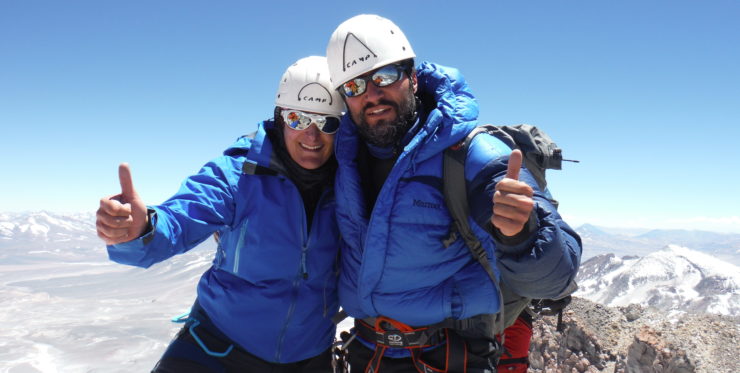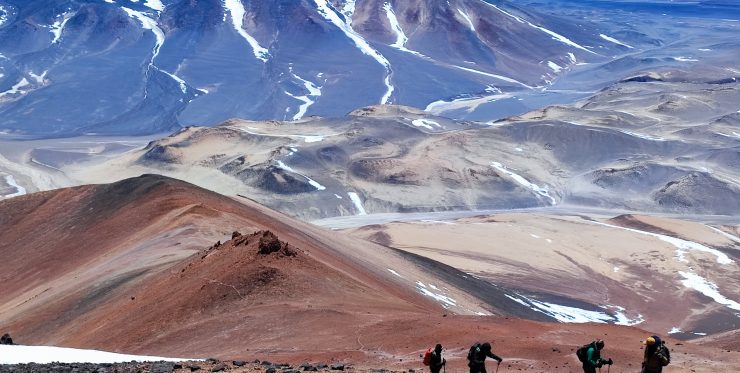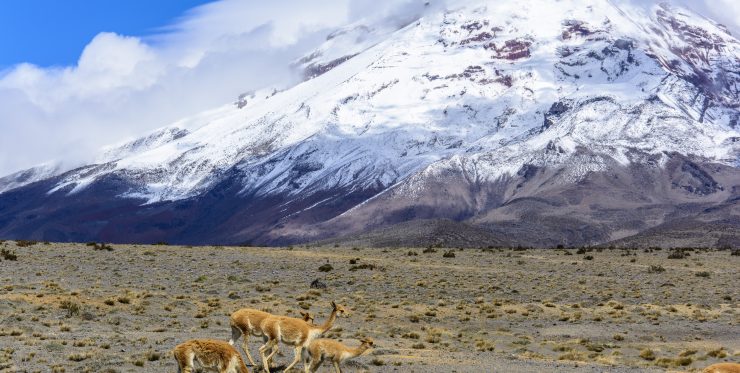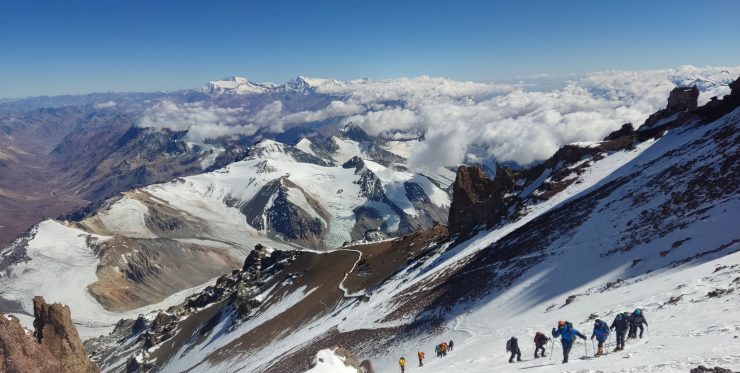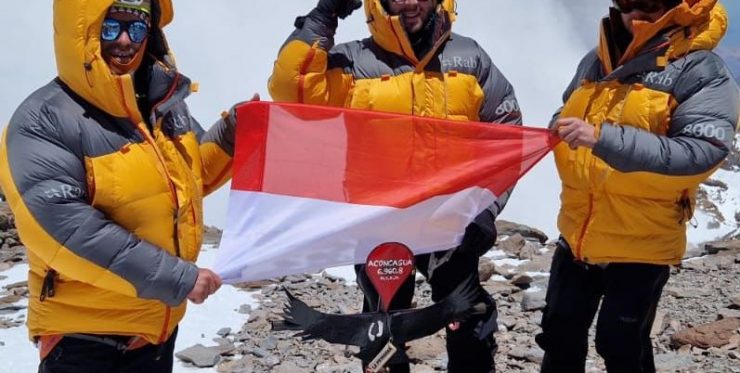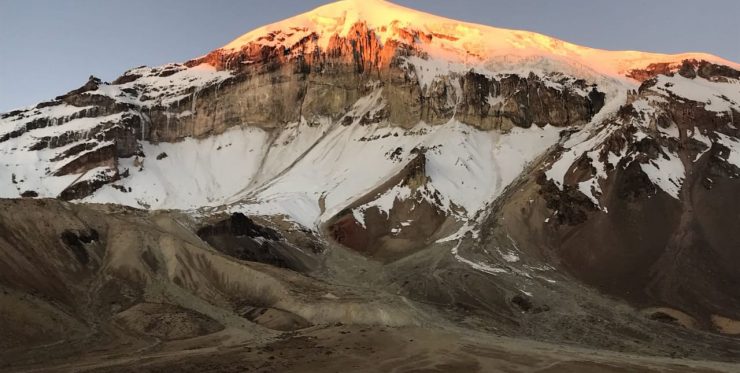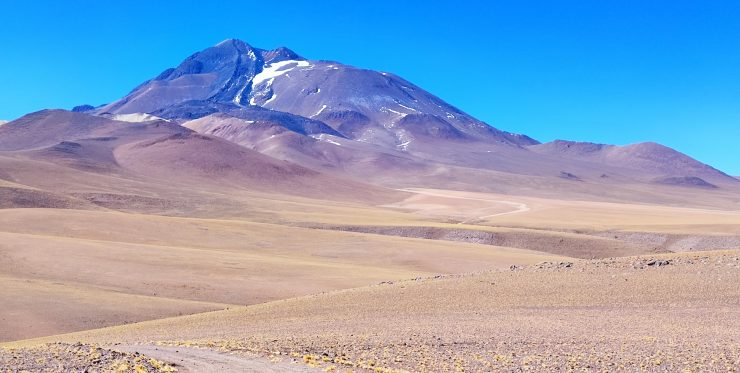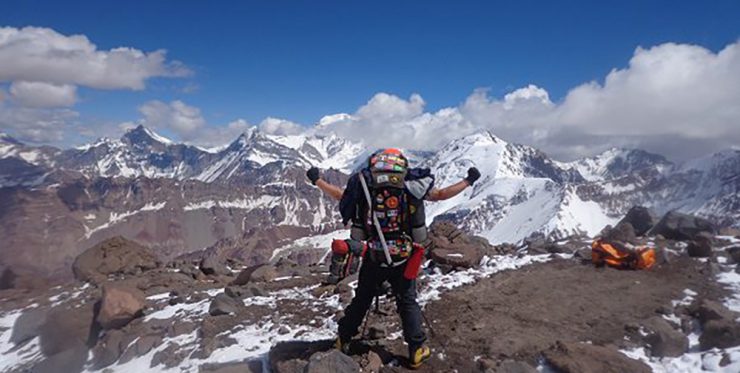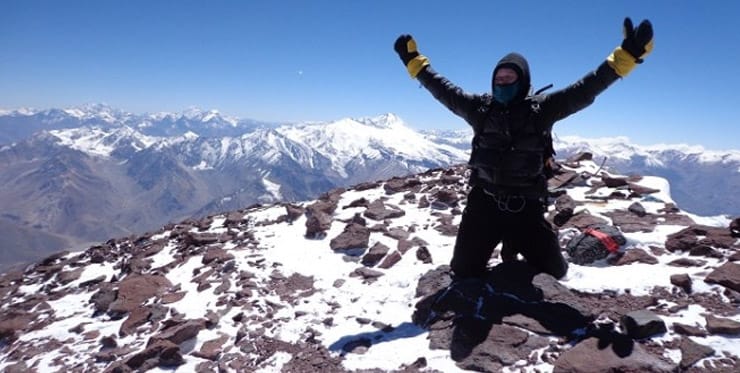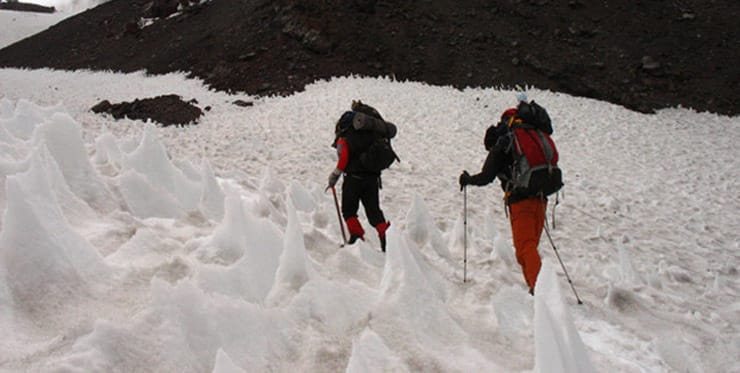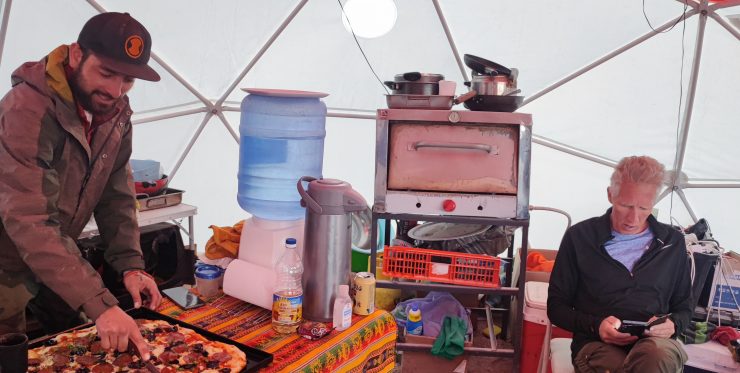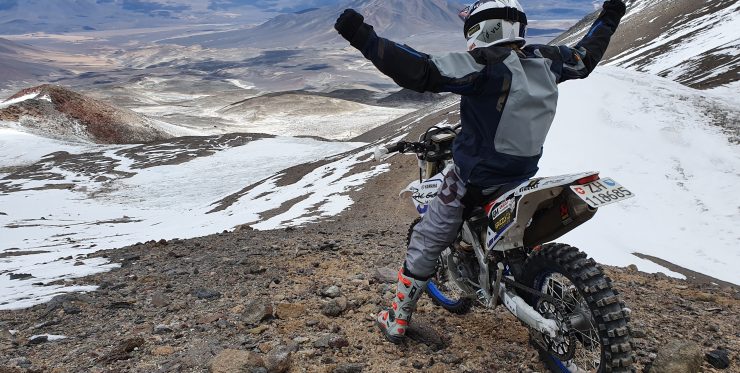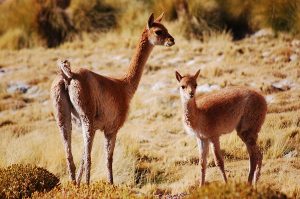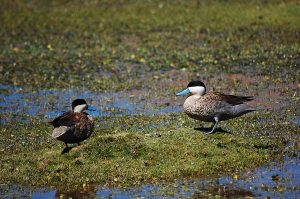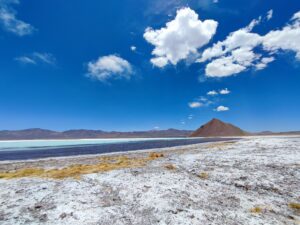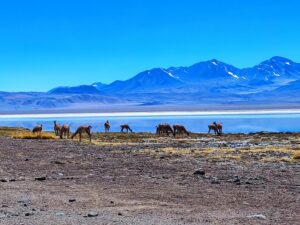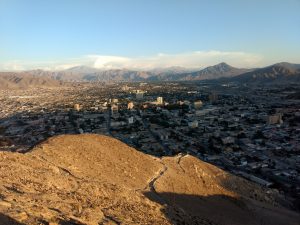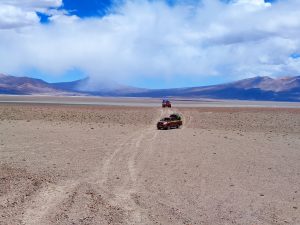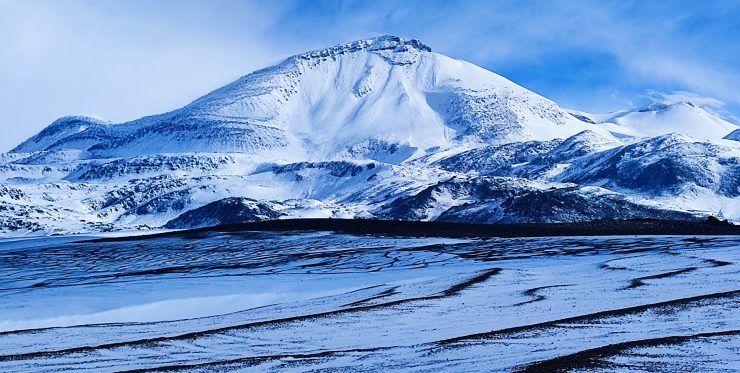
Salt Flats, Life, and Sustainable Mountain Tourism in Atacama
The Atacama Desert, one of the driest places on Earth, is home to a surprising biodiversity that has developed unique adaptations to survive in this extreme environment. From resilient flora to drought-adapted fauna, this ecosystem—especially in the Altiplano or Puna de Atacama—is vital for biodiversity and environmental balance. However, increasing mining activity, particularly lithium extraction, is threatening this natural wealth.
Despite the extreme aridity, the desert’s flora has evolved special mechanisms to resist drought. Among the most representative species are tamarugo and algarrobo trees, which extend their roots deep to extract groundwater, as well as llaretas, which store water in their tissues. Cacti such as copao and quisco also thrive thanks to their ability to retain water for long periods without rain.
Atacama’s fauna includes camelids like guanacos and vicuñas, which survive on the high plains of the Altiplano, as well as species adapted to saline ecosystems, such as the Andean flamingos that inhabit the salt flats. These ecosystems are fundamental for the region’s biodiversity, and the water they provide is key to the survival of many local species.
The desert’s salt flats, such as the Salar de Maricunga—located within Nevado Tres Cruces National Park, a popular acclimatization spot for Ojos del Salado expeditions—are more than just mineral deposits; they are fragile ecosystems that host life adapted to extreme conditions. However, the richness of lithium in these areas has generated high demand due to its use in manufacturing batteries for electronic devices and electric vehicles.
Lithium extraction involves intensive water use, a resource already scarce in the region. This overexploitation of aquifers affects not only local fauna, such as flamingos, but also the communities that depend on the salt flats. This conflict between the need for lithium in the energy transition and the conservation of these ecosystems poses serious environmental challenges.
In the face of the impacts of mining, sustainable tourism is emerging as a more environmentally friendly option. This type of tourism not only promotes knowledge and appreciation of Atacama’s unique landscapes but also contributes to the local economy without harming the ecosystems. Unlike mining, tourism can coexist with nature, fostering its conservation.
As a mountain agency, HME is committed to environmental care and the promotion of responsible practices that seek to preserve the desert’s natural wealth. By promoting sustainable tourism, HME helps raise awareness about the importance of protecting these fragile ecosystems and preventing extractive activities from compromising the environment’s future.
The Atacama Desert is a natural treasure of great ecological value, but it is under threat due to the exploitation of its resources. The salt flats, in particular, play a key role in biodiversity and ecosystem balance. Promoting a development model based on sustainable tourism, like the one we advocate at HME, can offer a more respectful and lasting alternative for conserving this unique environment, preserving its natural wealth for future generations.
